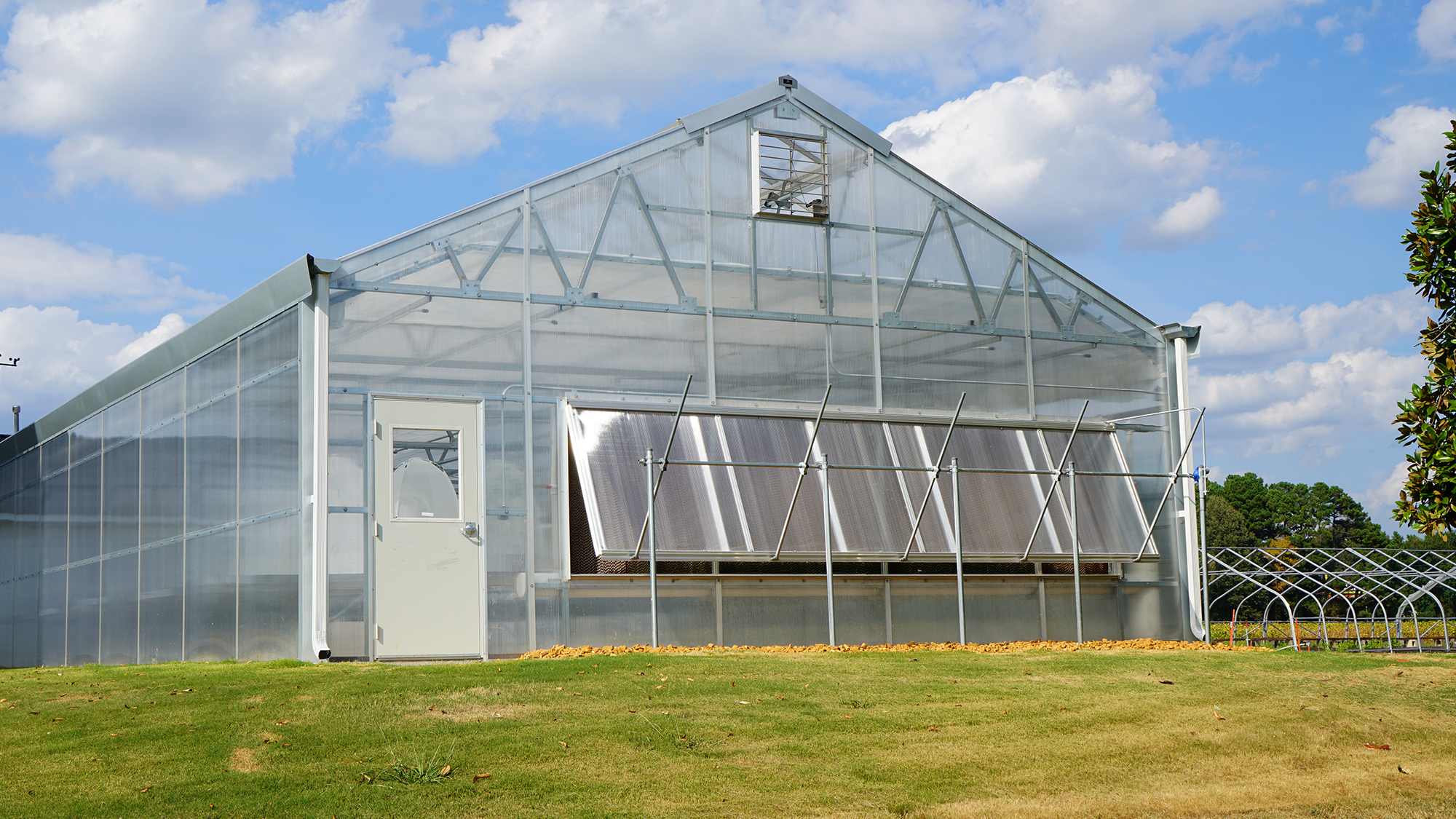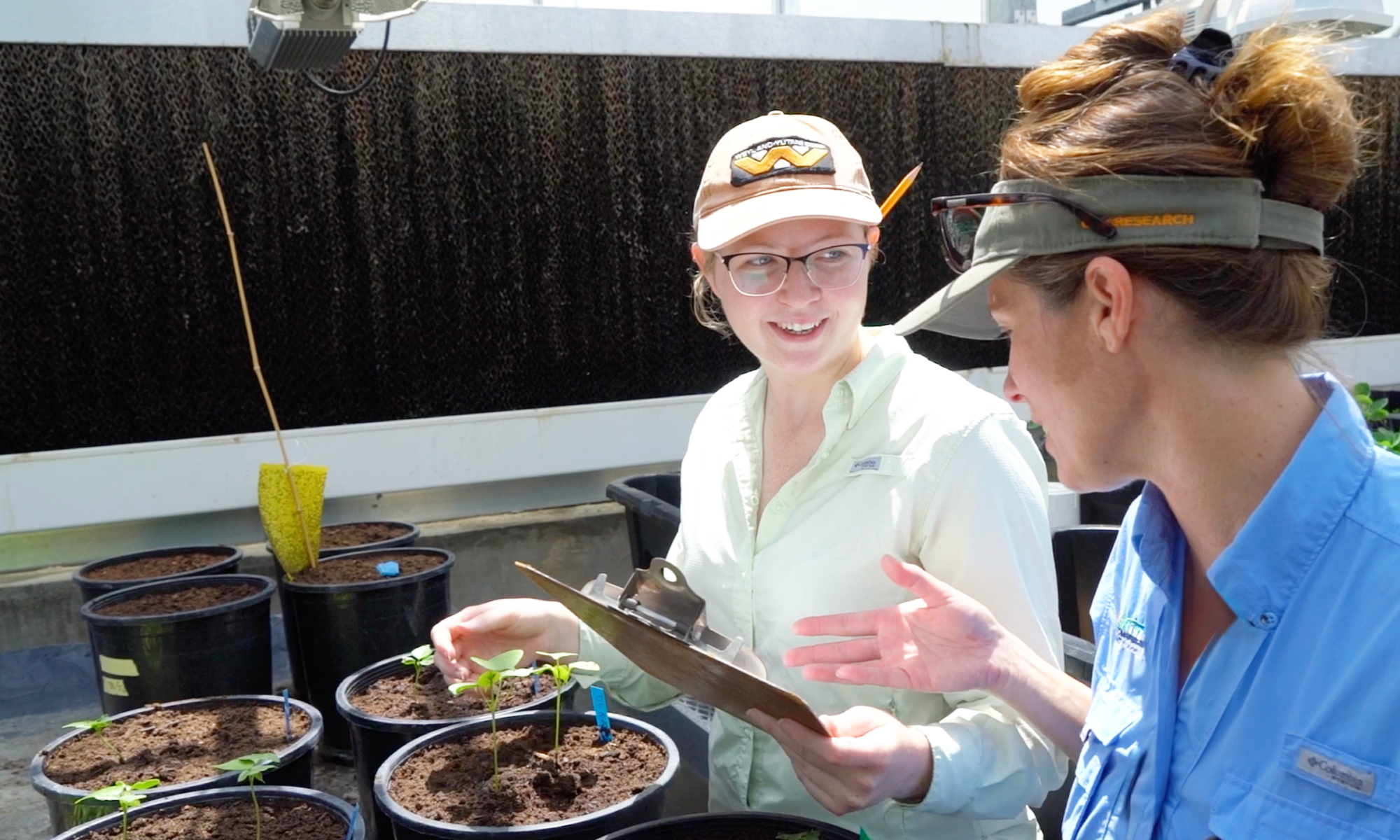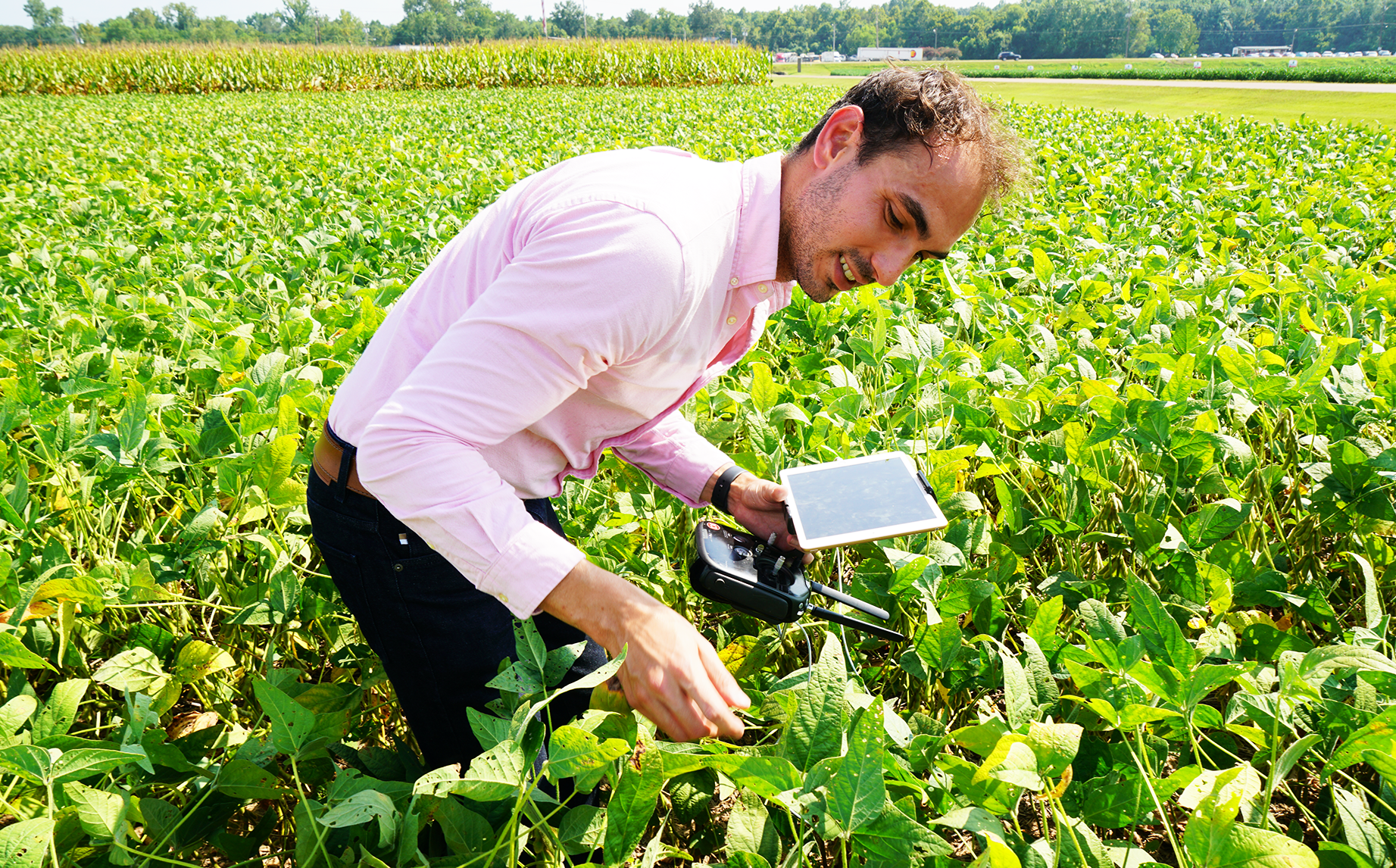From Outdated to Outstanding: How Strategic Design Upgrades Revitalized a Research Campus
University of Tennessee officials and partners celebrate the ribbon-cutting at WTREC, where $50 million in ARP-funded upgrades modernize labs, research facilities, and housing for agricultural science innovation. Image: Courtesy of The University of Tennessee Institute of Agriculture
At the University of Tennessee’s West Tennessee AgResearch and Education Center (WTREC) in Jackson, modernization is reshaping how agricultural science is conducted and shared. The recently completed upgrades—funded through the American Rescue Plan (ARP)—were celebrated this fall during a ribbon-cutting ceremony attended by university officials, state leaders, and agricultural partners.
The $50-million investment from the Tennessee Department of Agriculture (TDA) was distributed among ten UT AgResearch and Education Centers statewide, with WTREC among the largest beneficiaries. The campus now features new laboratory renovations, housing for visiting researchers, precision agriculture equipment, and expanded facilities for controlled-environment studies. For lab planners and managers, the project illustrates how targeted infrastructure upgrades can strengthen research productivity while supporting recruitment and long-term sustainability goals.
“The recent upgrades include new facilities, equipment and renovation projects, such as precision agriculture equipment with modernized capabilities (including GPS guidance systems) that can improve data quality, operational efficiency, and reduce potential maintenance or replacement costs,” says Scott Stewart, center director of WTREC. “We also added a new precision watering irrigation system to protect valuable research trials from drought.”
A multi-functional, research-driven design
The new 1,800‑sf greenhouse at WTREC, alongside a climate-controlled horticultural headhouse, supports efficient pesticide trials and hands-on research while reflecting user-informed design for workflow and equipment protection. Image: Courtesy of The University of Tennessee Institute of Agriculture
WTREC’s expanded footprint includes an eight-bedroom housing duplex that doubles the site’s capacity to 20 occupants, offering on-site accommodations for graduate students, interns, visiting scientists, and staff. Two new equipment storage buildings now protect costly machinery, while a 1,800-sf greenhouse provides a controlled setting for pesticide resistance and application trials.
Adjacent to the UT Gardens, Jackson, a new horticultural headhouse integrates office space and a climate-controlled environment. Trailers can be pulled indoors for convenient loading and unloading—an example of design directly informed by user needs.
“Our labs were updated to allow a better, brighter, cleaner workspace,” says Darcy Smith, project manager with UT AgResearch. “We added a headhouse to make the usage of our four horticultural greenhouses more efficient. Equipment storage sheds protect our equipment and reduce equipment maintenance costs.”
For architects and planners, the project demonstrates how even small-scale, utility-driven structures can yield high returns when designed for operational flow and user efficiency.
Keeping research moving
Renovations at WTREC were carefully coordinated to keep research and instruction running smoothly, with staff and students temporarily shifting between spaces to minimize disruption. Image: Courtesy of The University of Tennessee Institute of Agriculture
Renovation work on active research campuses can be notoriously complex. Stewart and Smith both emphasize that maintaining continuity was a top priority throughout construction.
“There were some challenges during renovations, with students and employees playing ‘musical chairs’ between spaces while projects were underway,” Stewart recalls. “Renovations on laboratories prevented the use of those facilities at times, but we coordinated with the contractor to minimize disruption and scheduled construction to times of expected low use.”
Smith adds that careful coordination across multiple teams kept the project on track.
“Keeping the project on schedule required cooperation between the design team, contractor and construction team, and the research center,” Smith says. “All parties worked together to demonstrate cooperation and consideration, keeping the project on time and within budget.”
Technology for data-driven discovery
Among the most transformative additions are WTREC’s precision agriculture tools—two precision plot planters, a research plot combine, a precision plot sprayer, and a lateral irrigation system. These technologies will enhance data accuracy, improve reproducibility, and safeguard experiments from drought stress.
“All of our research is directly applicable to our clients, including producers, agricultural industry representatives, gardening enthusiasts, and more,” Stewart notes. “Generating better data more efficiently is the heart of our mission and directly supportive of stakeholders.”
Smith underscores the importance of facility quality for building trust among partners and collaborators.
“Our clients consider the quality of our facilities,” Smith says. “Having updated and relevant equipment and facilities reflects well and improves the trust among our stakeholders.”
Investing in people as well as infrastructure
WTREC’s new greenhouse and housing units not only support research but also strengthen recruitment and retention by showcasing the center’s resources and commitment to excellence. Image: Courtesy of The University of Tennessee Institute of Agriculture
While the new greenhouse and housing units serve immediate operational needs, they also play a strategic role in recruiting and retaining top talent.
“This is a greatly underestimated value,” Stewart says. “Prospective students, faculty and collaborators are judging our center, our university, and what can be accomplished by what resources we have available. First impressions are lasting impressions and often reflect reality. We know these additions will further enhance our competitiveness and improve recruitment and retainment of faculty, staff, students, and more.”
For lab managers and planners, the lesson is clear: facilities are not just infrastructure—they’re a reflection of institutional capability and commitment to research excellence.
Building for sustainability and resilience
The new greenhouse supports studies on pesticide resistance and experimental pesticide safety—research essential for advancing sustainable pest management.
“Precision ag is the present, not the future,” Smith emphasizes. “If we are not managing resources efficiently, including people and time, we cannot be sustainable. The new greenhouse will allow us to research pesticide resistance, a prominent concern in agriculture today.”
In a broader context, these upgrades help position the Center to address pressing agricultural challenges such as climate variability, soil health, and pest management.
“Improved technologies and facilities mean less expenditures towards maintenance, allowing those funds to be used for research,” Stewart explains. “The more efficient we are, the more high-quality data we can generate with less time and resources.”
Collaboration and vision
WTREC’s new greenhouse enables critical research on pesticide resistance and sustainable pest management, helping the center tackle key agricultural challenges while improving operational efficiency. Image: Courtesy of The University of Tennessee Institute of Agriculture
Dr. Hongwei Xin, dean of UT AgResearch, credits the close partnership with the Tennessee Department of Agriculture for making the modernization effort possible.
“This historic investment would not have been possible without the close collaboration with the Tennessee Department of Agriculture and the strong support from other stakeholders such as Tennessee ag commodity organizations,” Xin says. “We are particularly grateful to former Tennessee Commissioner of Agriculture Charlie Hatcher and Tennessee Governor Bill Lee for their advocacy and support.”
Xin notes that the WTREC upgrades represent just one part of a system-wide transformation.
“The improvements shown at WTREC represent a snapshot of those across the 10 statewide UT AgResearch and Education Centers,” Xin says. “These ongoing improvements are to be completed by the end of 2026.”
Key takeaways
WTREC’s modernization highlights the impact of stakeholder-driven design, showing how thoughtful, incremental upgrades can boost research productivity, operational resilience, and innovation. Image: Courtesy of The University of Tennessee Institute of Agriculture
From a design and planning perspective, WTREC’s modernization underscores the value of stakeholder engagement and incremental improvement.
“Talk to your researchers and faculty to better understand their needs for space and equipment before undertaking the planning and budgeting of the projects and equipment,” Smith advises. “Across the state, we have learned to listen to our researchers and understand how we can better meet their needs.”
The project team included Collaborative Design Services (architecture, Nashville), Allison Contracting Company (construction, Jackson), and Atlas Greenhouse (greenhouse design, Georgia). Stewart’s in-house team handled much of the relocation and logistics.
Ultimately, the West Tennessee AgResearch and Education Center exemplifies how thoughtful upgrades—guided by input from researchers and operators—can strengthen both scientific output and institutional resilience. For lab planners and users, it’s a reminder that modern facilities are not defined by their size, but by their ability to empower innovation, collaboration, and discovery.






